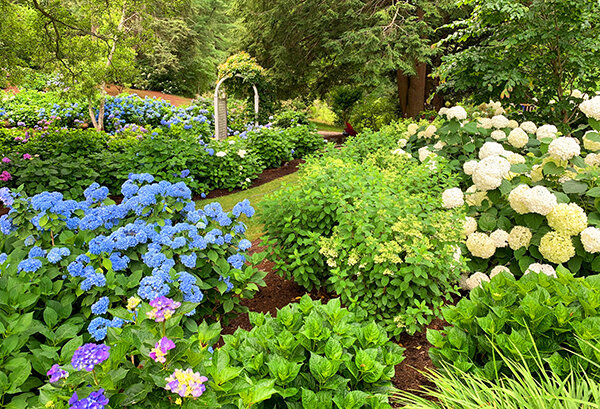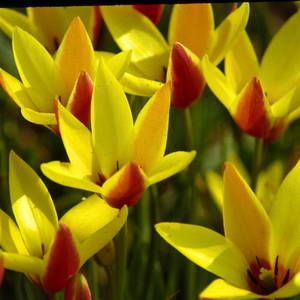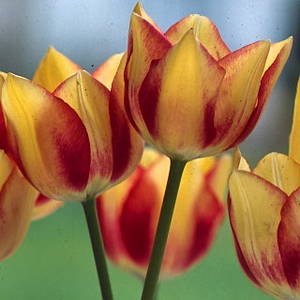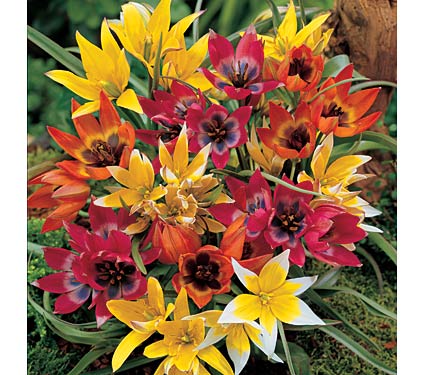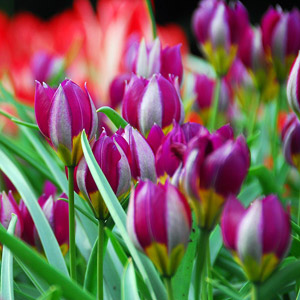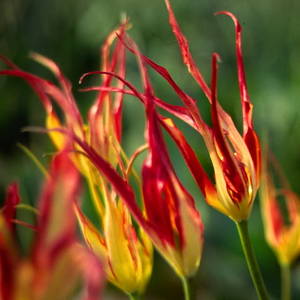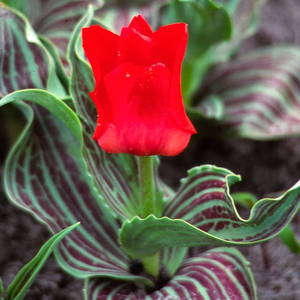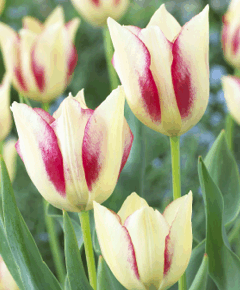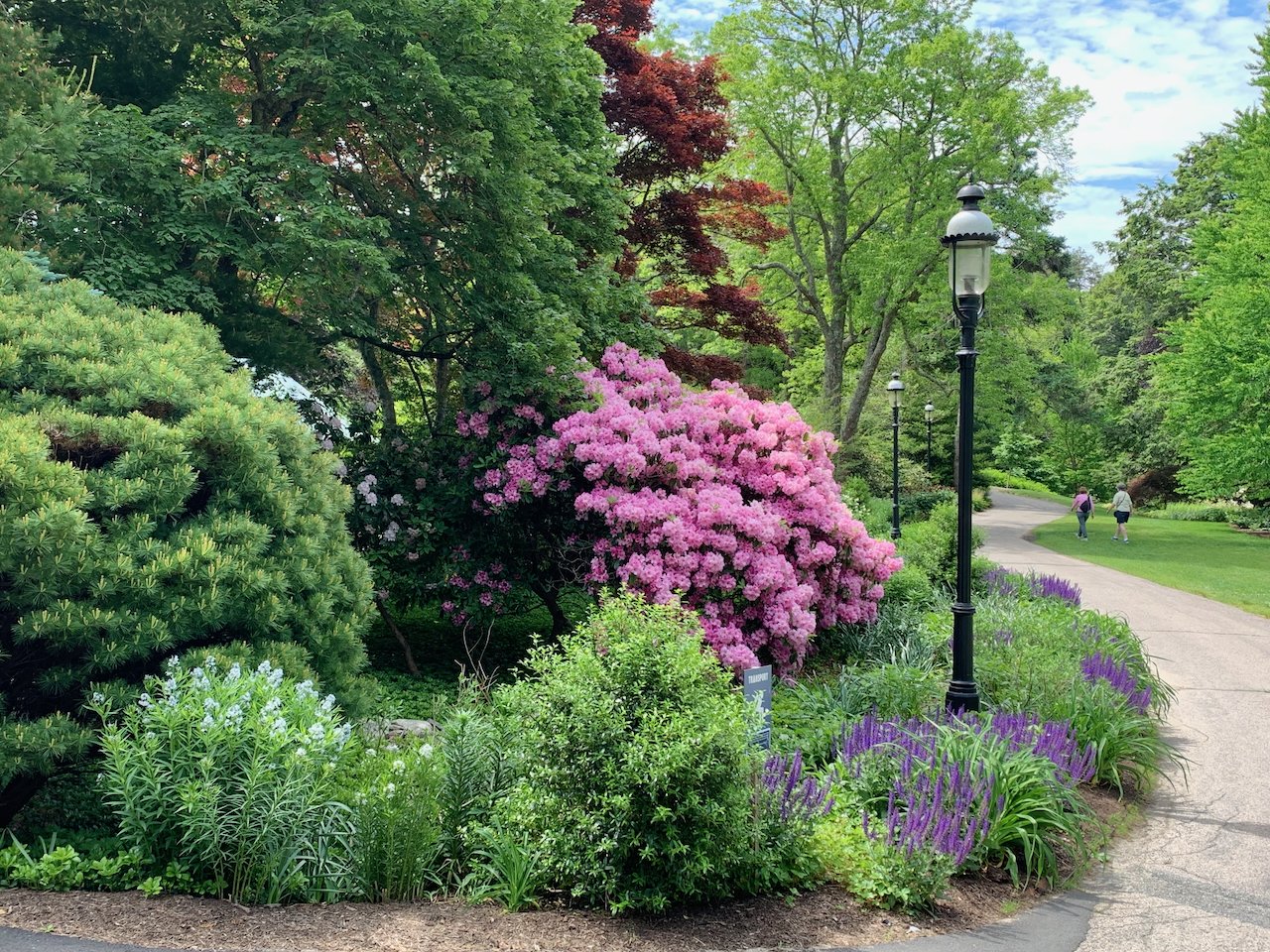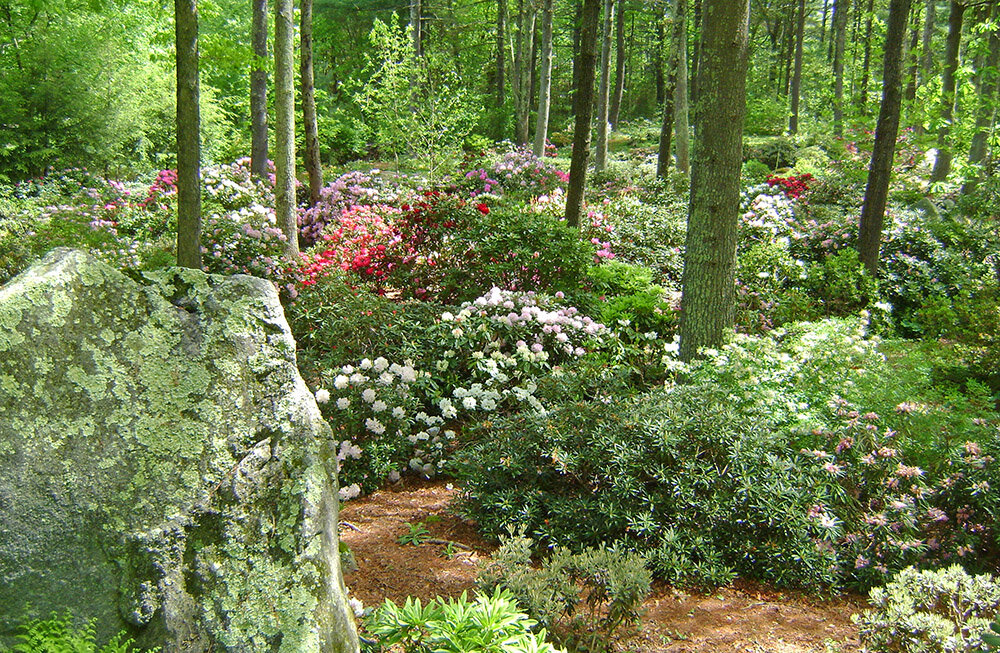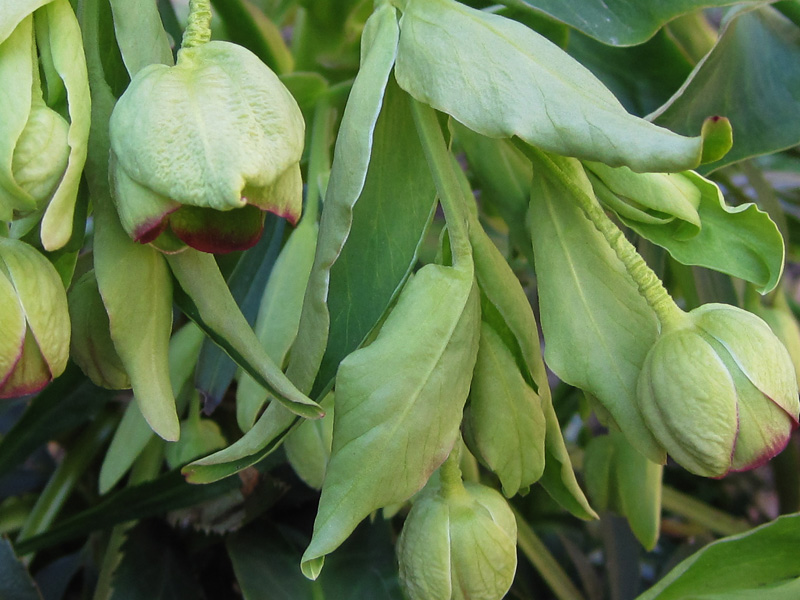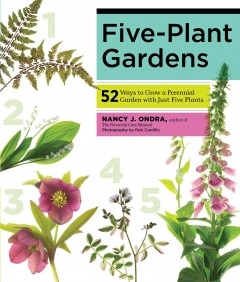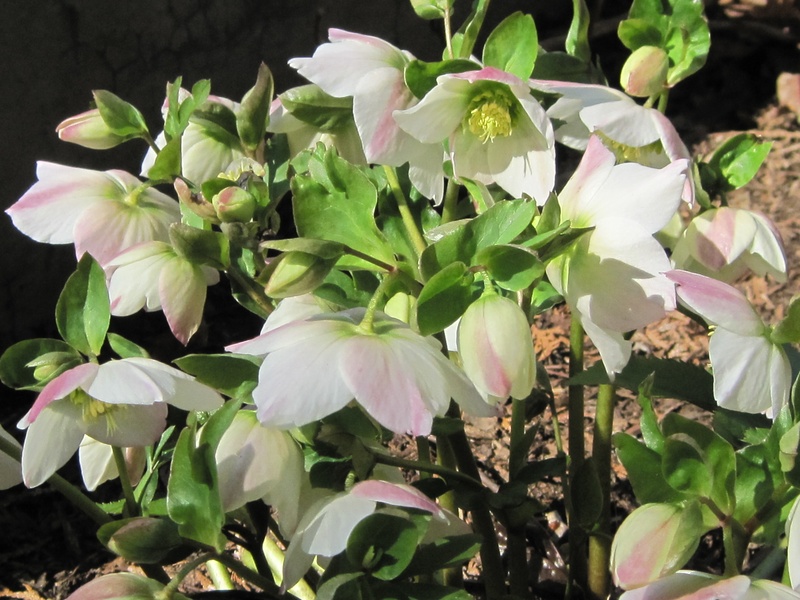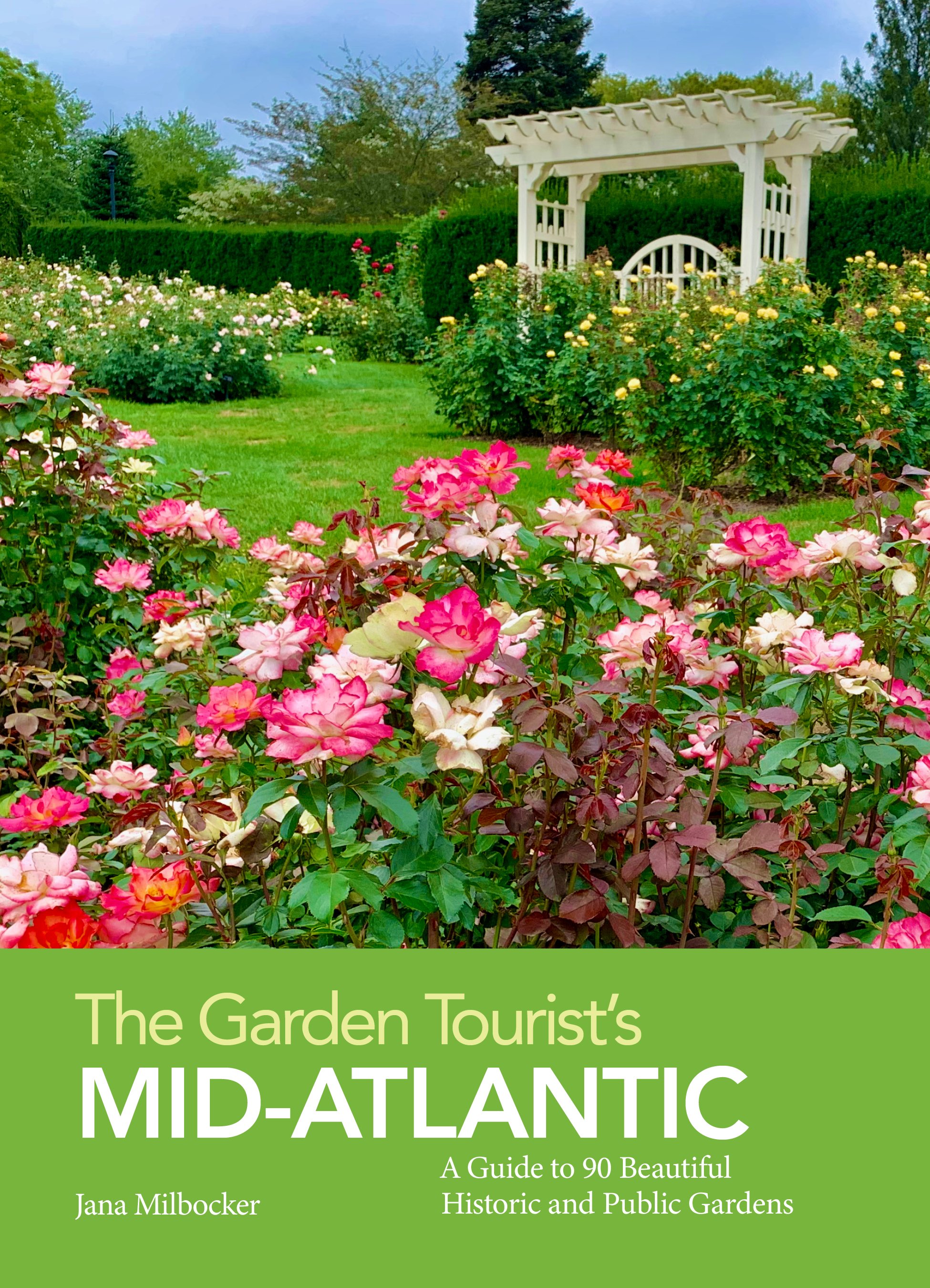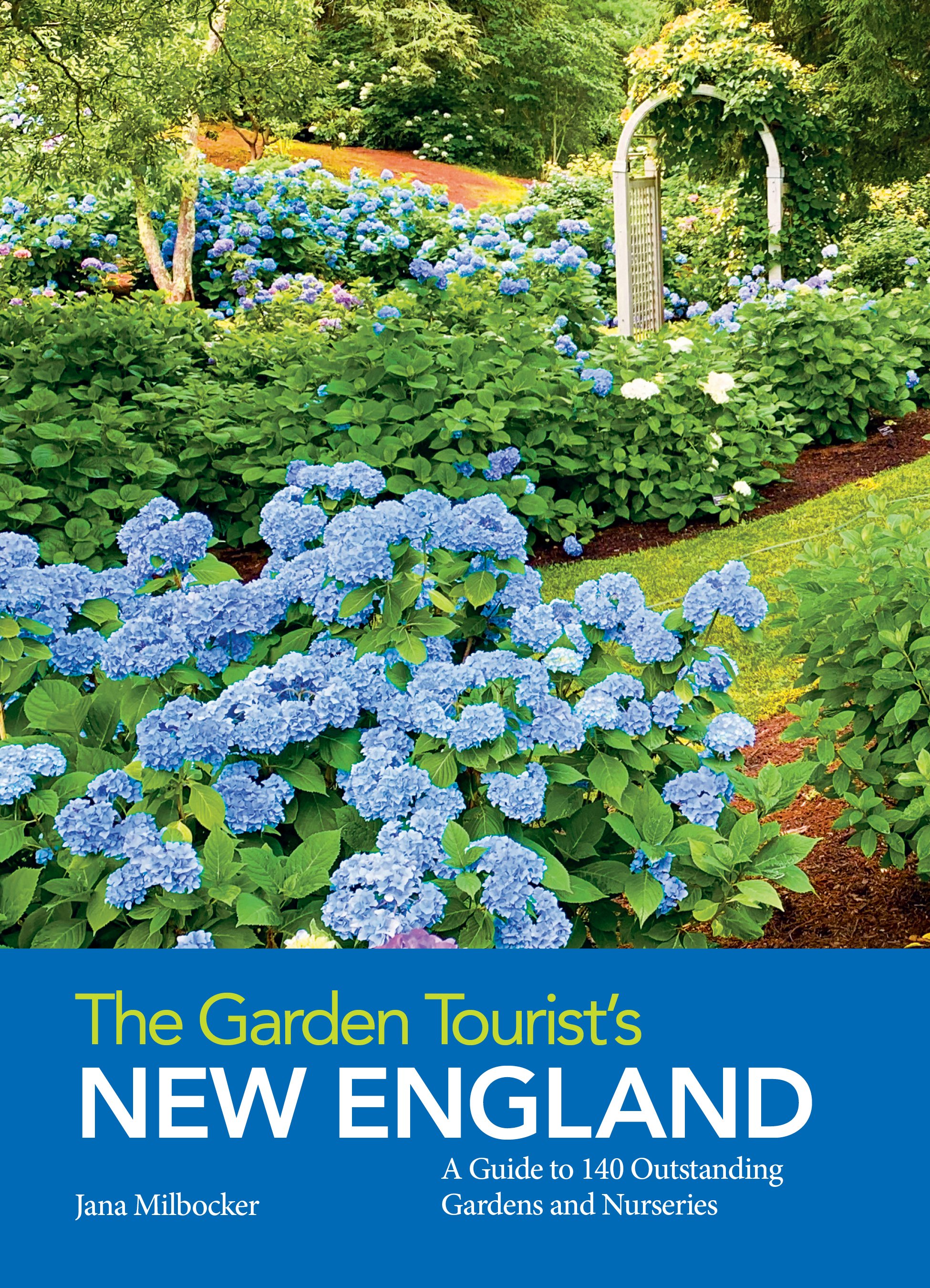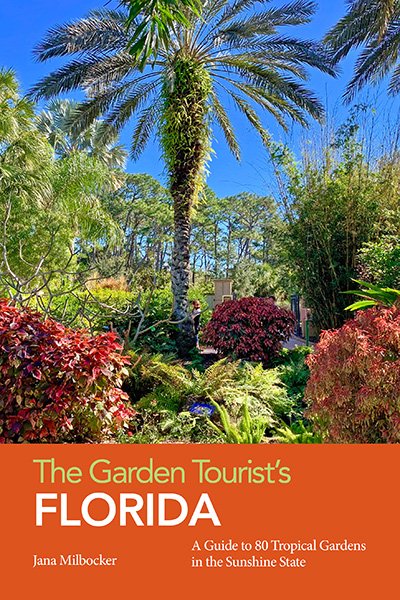Hydrangea Annabelle Continues to Please
/Several years ago, I decided to create a flowerbed alongside my screened porch. I wanted a low-maintenance planting that would provide a beautiful view from the two areas where we entertain the most: the screened porch and the fenced garden. A hedge of Hydrangea arborescens ‘Annabelle’, underplanted with two varieties of green and white hostas was a perfect solution for this east-facing side of the house.
As soon as the bright green hydrangeas and variegated hostas leaf out in May, I enjoy a beautiful border that lasts until the final days of autumn. The flower display begins when the hydrangea’s lime green buds appear in early June, then open to huge white snowball flowers, up to 12” across. The flowers last all summer long, then fade back to a soft green in early fall, and dry to a tawny brown in winter. The overall effect is lush yet serene, and the billowy hydrangea blooms are a perfect complement to my 100-year old house.
With so many new varieties of hydrangeas in the nurseries, why choose the old-fashioned Annabelle? Having grown Annabelle in another corner of the garden for several years, my decision was an easy one. Annabelle genuinely lives up to its reputation of low maintenance, long bloom and no serious pest or disease problems. Annabelle is easily grown in average, well-drained soil in part shade. It can also grow in full sun as long as it is not exposed to drought, and in fairly deep shade, although there it does not flower as profusely. During the first summer after planting, I watered my new hydrangeas regularly to get them established. Since then, they receive no supplemental water and look great all summer long.
Annabelle hydrangea is a very attractive cultivar of our native Hydrangea arborescens, with much larger flowers than the species. Annabelle is a naturally occurring cultivar that was discovered in the wild in Anna, Illinois. It is a deciduous shrub with large, serrated leaves and a rounded habit, typically growing 3-5’ tall. It is extremely cold-tolerant, recommended for zones 3-9. Best of all, unlike many other hydrangeas, Annabelle blooms on new wood. This is a huge bonus for northern gardeners. I have often been asked why a hydrangea does not bloom reliably. Many hydrangeas form their flower buds on last year’s growth, and these buds freeze over the winter, resulting in no flowers for the next year.
Many hydrangea species are susceptible to bud blight, leaf spot, bacterial wilt and mildew, but Annabelle exhibits excellent resistance to these diseases. Although Annabelle’s stems are fairly strong, the weight of the flowers, especially after a rain storm, can cause the flowers to droop. This can be corrected with staking, low fencing, massing several plants together, and pruning the plants in late fall or early spring. I like to leave the dried flower heads on the plants for winter interest, and then cut back the stems in spring to about 18”. I also remove any dead stems at this time, and any rooted stems that can be used elsewhere in the garden. This produces plants with strong stems and keeps my shrubs to an acceptable size.
Annabelle hydrangea can be used in many ways in the garden: as a hedge, a specimen, as erosion control, or in a rain garden. It’s also my number one source for cut and dried flowers. Since it is so attractive and has so many uses, I have been propagating my shrubs to increase my supply. The easiest method is to remove rooted side stems in ealy spring with pruners or a sharp spade, preferably before they leaf out. I usually grow these on in a nursery bed for a year, where they enjoy the best garden soil and extra water and attention. Softwood cuttings, about 6-8 inches long, taken in May or June and dipped in rooting powder will also root readily. Annabelle hydrangea is widely available in garden centers and in friend’s gardens, so give it a try and discover why it is perhaps the most popular flowering shrub in American gardens.

